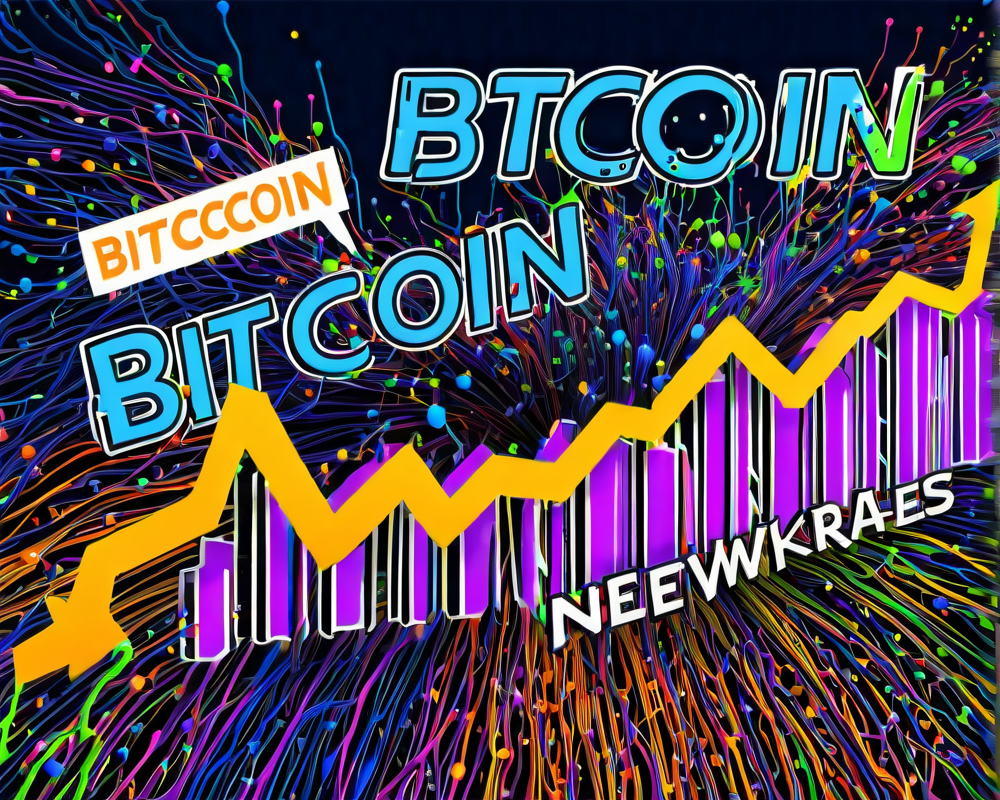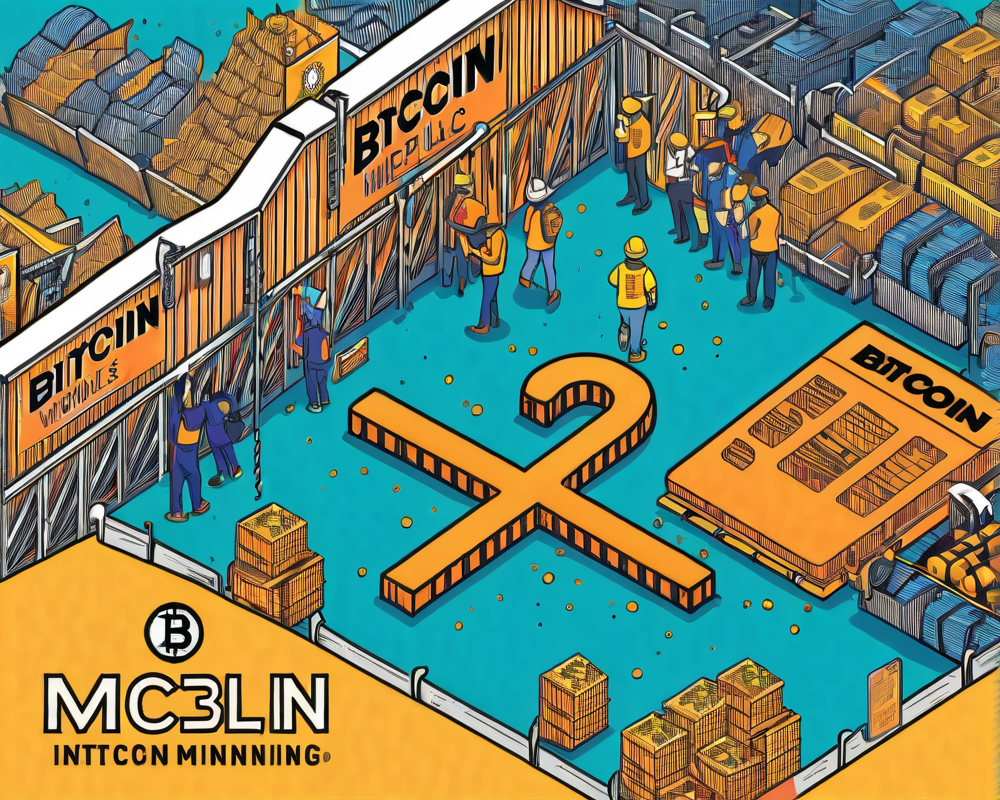Bitcoin Hash Rate: What Are We Talking About?
The Bitcoin network hash rate measures the total computational power being used to validate transactions on the blockchain. In simpler terms, it’s like the gym membership of Bitcoin—more power means better results! As the clock struck midnight on January 1, 2020, the hash rate skyrocketed to an astounding 119 quintillion hashes per second according to Blockchain, while Coin Dance registered an even higher count of 143 quintillion hashes. Apparently, Bitcoin wasn’t just hitting the New Year’s party; it was also lifting weights!
A Look Back: The [Hash Rate] Journey of 2019
If we rewind to 2019, Bitcoin’s hash rate experienced an uninterrupted growth cycle, much like my waistline after the holidays. There was just one brief period in Q3 when the hash rate decided to take a vacation, flatlining temporarily. But fear not, it came roaring back, hitting record highs that would make any miner proud. It’s a powerful indicator that Bitcoin is becoming increasingly alluring for those wanting to dip their toes in the mining waters.
Why Does Hash Rate Matter?
Think of high hash rates as a big, beefy alarm system for the Bitcoin network. More computational power boosts security, making it tougher for malicious actors to disrupt operations. Bitcoin miners function like the superheroes of the blockchain—the stronger they are, the safer we all feel! With this kind of power, Bitcoin is flexing its muscles against potential attacks.
Price Predictions: The *Hash Rate* Harry Effect
There’s a saying in the crypto world: “price follows hash rate.” A bit like how a dog follows its owner to the fridge during snack time. Analysts claim that as the hash rate hits new heights, Bitcoin’s price is bound to follow suit. Popular commentator Max Keiser even believes that these peaks will translate into significant price increases. As of now, Bitcoin was trading around $7,100, which feels more like a bargain than a price spike.
The Inconsistency Dilemma: Measuring Hash Rates
In typical Bitcoin fashion, measuring hash rate isn’t exactly a walk in the park. It’s more elusive than my New Year’s resolutions. There can be sudden drops or increases due to the way it’s calculated. A notable drop in September led to an eye-popping 40% decrease in hash rate, which turned out to be more an illusion based on calculations than a reality check. So here’s your lesson: always take “hash rate numbers” with a grain of salt (or a dash of skepticism).



